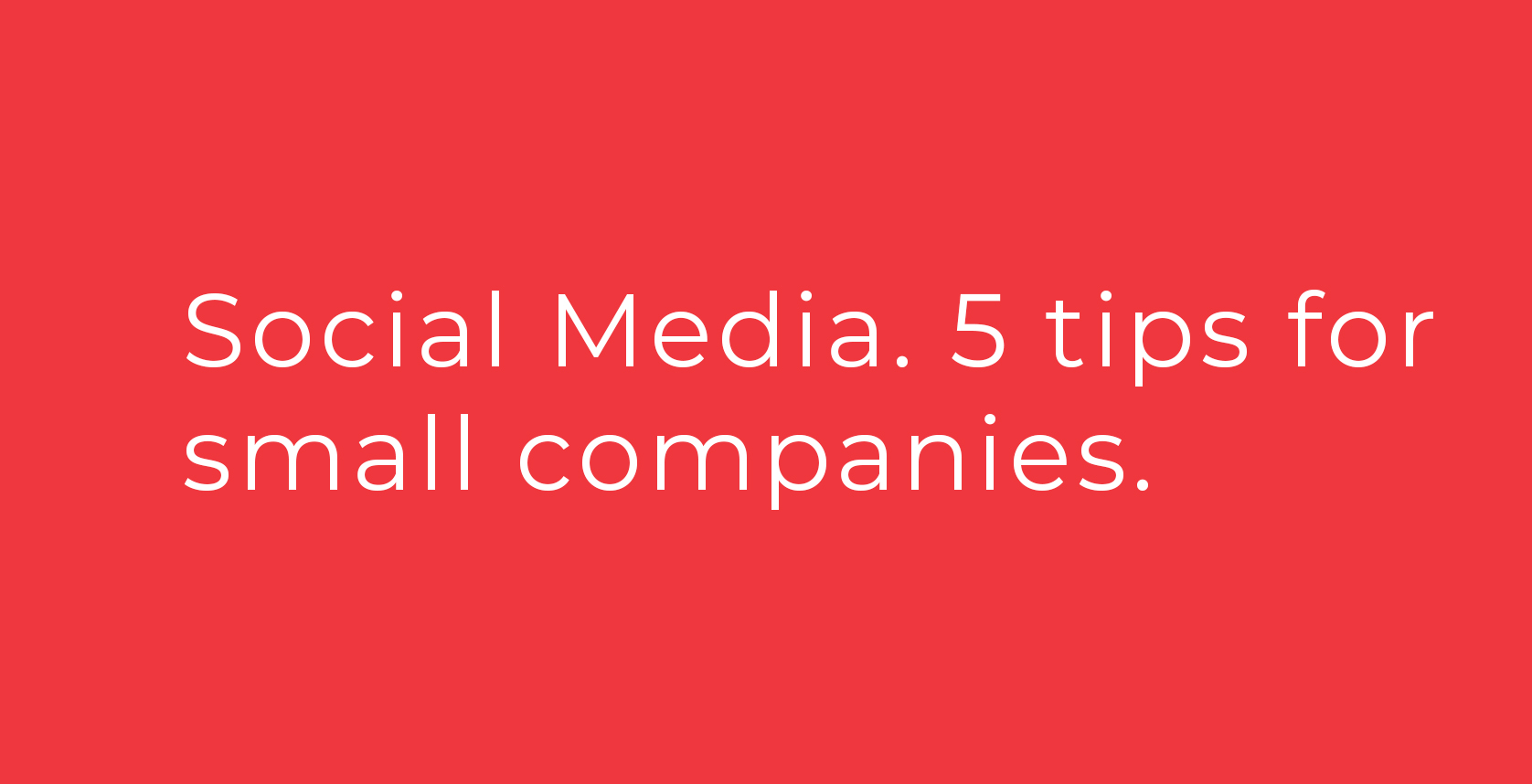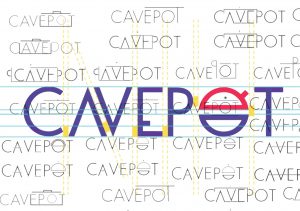Whether you’re at an early-stage startup or a small- to medium-sized business that is new to the social media game, there’s one thing you should know: It’s okay to start small.
There are a lot of social networks out there, but you don’t have to be on all of them. In fact, it would be better if you were not. Unclear as to how Instagram would help your brand? Avoid it for now. Not ready to tackle Twitter just yet? Skip it. No time to blog? Don’t worry about it.
Social media is a time-consuming but important reality for any new venture. It will help increase your Google search rankings, give your a brand a human voice, and allow your customers to start a conversation with ease. Now that you know these basics, let’s get started.
You might be wondering, Where do I begin? Which networks should I be on? What should share to engage with my audience? How many times a week should I post? Is this worth my time? Read on, social media noob, and I will answer all of your concerns. (Lesson one: “Noob” is social slang for “newbie.”)
Before you decide what to post or how often to do it, you need to answer some basic questions.
-
Decide which audience you need to target.
Let’s talk strategy. You have limited time, maybe limited content, and there is a very specific audience you want to reach. Here’s a quick, non-scientific breakdown of who uses which network:
— Teenagers gravitate towards Vine, Snapchat, YouTube, Tumblr, and Instagram.
— Soon-to-be-wives and soon-to-be-moms are all about Pinterest.
— Young parents and grandparents alike can be found on Facebook.
— Business types and leaders rule LinkedIn.
— Influencers and bloggers love Twitter and Tumblr.
-
Choose your presences wisely.
Now that you’ve learned which networks are best for your audience, let’s cross-check it with which network is best for your business. The goal here is to commit to only one or two networks.
— Instagram and Pinterest are great for highly visual companies that have access to lots of beautiful branded photography or products.
— Facebook and Twitter are great for businesses that generate a lot of unique editorial content that can be shared via a link.
— Vine, Snapchat, and YouTube are great for brands with access to professional-level production equipment and a sense of humor.
-
Choose a consistent handle.
Every social network requires a “handle” or name. Make yours consistent, and make sure it’s available to claim on all networks. Whatever you pick for Facebook should be used on Twitter, Instagram, Pinterest and any other network you sign up for. In theory, fans will start tagging you on Instagram and tweeting to you on Twitter. They can’t do that if your name is confusing. For Facebook, you’ll have to claim your “vanity URL,” too—it’s much easier and prettier to share than an extra-long link with lots of numbers at the end. Claim your vanity URL at Facebook.com/username.
-
Create a strategy and a pipeline of content.
You probably have more to share than you think. Think about the ways you can repurpose the content you already have and the steps you can take to create new content. Can you reuse any press coverage you’ve received and share it on Twitter? Can your photographer take new lifestyle shots and share the images on Instagram? Can a graphic designer create branded graphics for Facebook? Can you think outside the box and create posts that address problems, concerns, or interests your customers have that are relevant to your business? If you have a low budget and no branded content to share, consider starting a blog! Share peeks behind the scenes, ways your product or business is helpful in the real world, and showcase client stories, and how you helped them succeed. It’s all about telling stories!
-
Share the correct mix of content.
On every social network, you need a solid mix of self-promotion, testimonials, and randomness as well as original content that’s of pure value to your readers. Self-promotion includes direct links to your website, peeks behind the scenes, and news about your company. Testimonials can be pulled from a Yelp page, an email, or a blog or article endorsing your product. Randomness can include funny photos, holiday wishes, quotes, and shared content from other resources that is interesting and relevant. It’s time to get creative, people. This is when a freelance writer can come in handy ;).
Thanks for reading and stay tuned for more tips!
Xime


